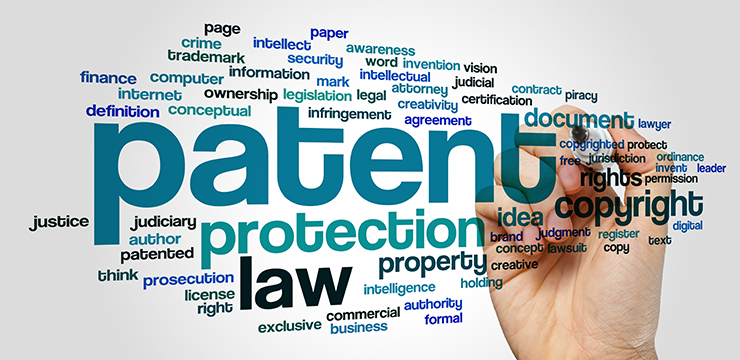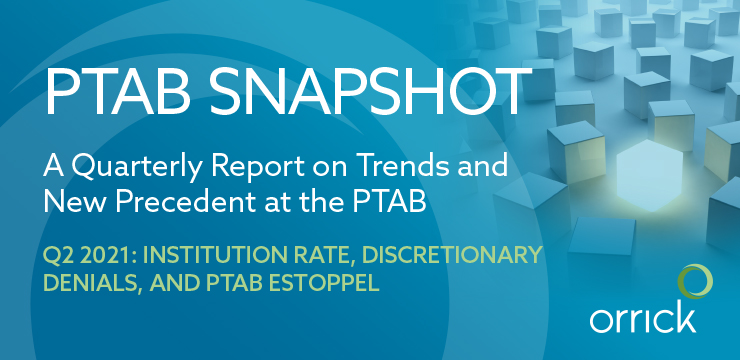Inter Partes Review (IPR)
Our clients are increasingly turning to IPRs as a critical part of their patent portfolio management.
-
Canon Inc. v. Avigilon Corporation: On behalf of Canon, we asserted this six-patent matter against its competitor in the security surveillance market. This matter arose when cross-licensing negotiations stalled. After the parties reached an impasse, Canon filed an infringement suit and simultaneously filed IPR petitions against Avigilon patents covering its core IP strategic assets. To date, all of the IPRs have been instituted. We continue to represent Canon in this matter.
Qualcomm v. NVIDIA: We successfully defended NVIDIA in three IPR proceedings where Qualcomm had challenged two of NVIDIA’s important patents on graphics processing technology. In each, we convinced the PTAB to deny institution. We not only identified multiple claim elements missing from the asserted prior art, but also convinced the PTAB that Qualcomm and its experts had not shown that one of ordinary skill in the art would have been motivated to combine the references, or how the references could be combined.
Medtronic v. Robert Bosch Healthcare Systems: A competitor filed 11 IPRs against our client, Robert Bosch Healthcare Systems. At that time institution rates for IPRs were 75%, and petitioner win rates were 85%. However we defeated six of 11 petitions, for a patent owner win percentage of 54%. We defeated three IPRs at the institution stage through strong technical arguments on the merits. We defeated another three IPRs by demonstrating that the petitioner violated the statutory requirements for IPRs, which caused the PTAB to terminate the proceedings.
Synopsys v. Mentor Graphics: On behalf of Synopsys, petitioner in an IPR, we invalidated several key claims. We presented a compelling technical case, and in a case of first impression creatively overcame the patent owner’s argument that our client lacked standing. Synopsys filed for inter partes review shortly before acquiring a company that was barred from filing its own petition. The patent owner claimed that Synopsys was also barred from filing the IPR, because it had acquired a barred entity. We persuasively argued that, at the time the bar arose, the barred entity had no relation to Synopsys (indeed it was a competitor) and thus it could not have been a real party in interest to Synopsys. The PTO agreed. This lead to the first district court litigation to arise out of an IPR, when the patent owner sought APA review of the PTO decision. We successfully argued that the patent owner was not entitled to APA relief, clearing the way for the PTO to take up the merits of our client’s petition.
Linkgine v. Viglink and Skimlinks: On behalf of our client Skimlinks, we filed two Covered Business Method (CBM) petitions on patents covering allocation of sales commissions. We invalided all challenged claims in both patents, on Section 101 patent eligibility as well as on prior art grounds. On patent owner’s appeal to the CAFC, we successfully preserved both Skimlinks and Viglink’s PTAB victories.
Clouding v. EMC and VMware: We filed for IPR on eight of non-practicing entity Clouding’s patents related to cloud computing. In a series of final decisions, we knocked out all eight. The PTAB said that we persuasively showed that the challenged claims were invalid because they were anticipated and/or obvious. On our appeal of the PTAB’s decision to not cancel claims of the eighth patent, the Federal Circuit vacated and remanded.
Client Results
Events
The IP Strategy Summit: Global & Domestic
December.03.2019
19th Annual Berkeley – Stanford Advanced Patent Law Institute
December.06.2018 - December.07.2018


